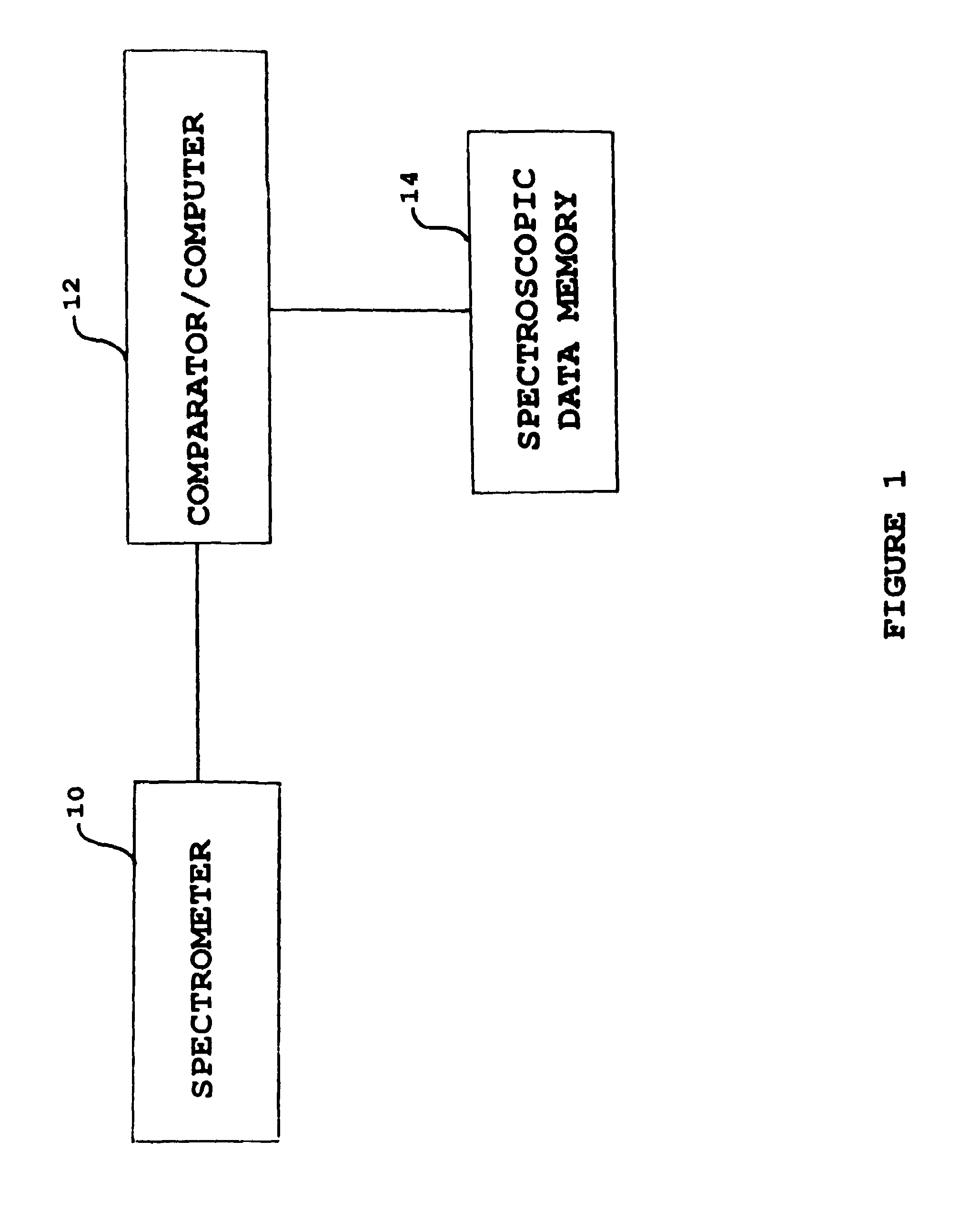System and method for detecting pain and its components using magnetic resonance spectroscopy
a magnetic resonance spectroscopy and system technology, applied in the field of system and method for detecting pain and its components using magnetic resonance spectroscopy, can solve the problems of limited assessment of chronic pain, inability to objectively quantify diagnostic techniques, and major problems of chronic pain
- Summary
- Abstract
- Description
- Claims
- Application Information
AI Technical Summary
Benefits of technology
Problems solved by technology
Method used
Image
Examples
Embodiment Construction
[0023]According to the present invention, a method of detecting at least one component of pain being experienced by a subject is provided, comprising obtaining spectroscopic data of the brain of a subject experiencing pain, and comparing the spectroscopic data obtained with reference spectroscopic data having characteristic values which correlate with and identify at least two different pain components, to detect the presence of at least one pain component being experienced by the subject.
[0024]The at least two different pain components may be at least two of nociceptive, neuropathic and psychological pain components.
[0025]The at least two different pain components most preferably comprise all three of nociceptive, neuropathic and psychological pain components.
[0026]The step of comparing preferably comprises comparing spectroscopic data with reference spectroscopic data to determine relative contributions of the pain components being experienced by the subject.
[0027]The present inve...
PUM
 Login to View More
Login to View More Abstract
Description
Claims
Application Information
 Login to View More
Login to View More - R&D
- Intellectual Property
- Life Sciences
- Materials
- Tech Scout
- Unparalleled Data Quality
- Higher Quality Content
- 60% Fewer Hallucinations
Browse by: Latest US Patents, China's latest patents, Technical Efficacy Thesaurus, Application Domain, Technology Topic, Popular Technical Reports.
© 2025 PatSnap. All rights reserved.Legal|Privacy policy|Modern Slavery Act Transparency Statement|Sitemap|About US| Contact US: help@patsnap.com


